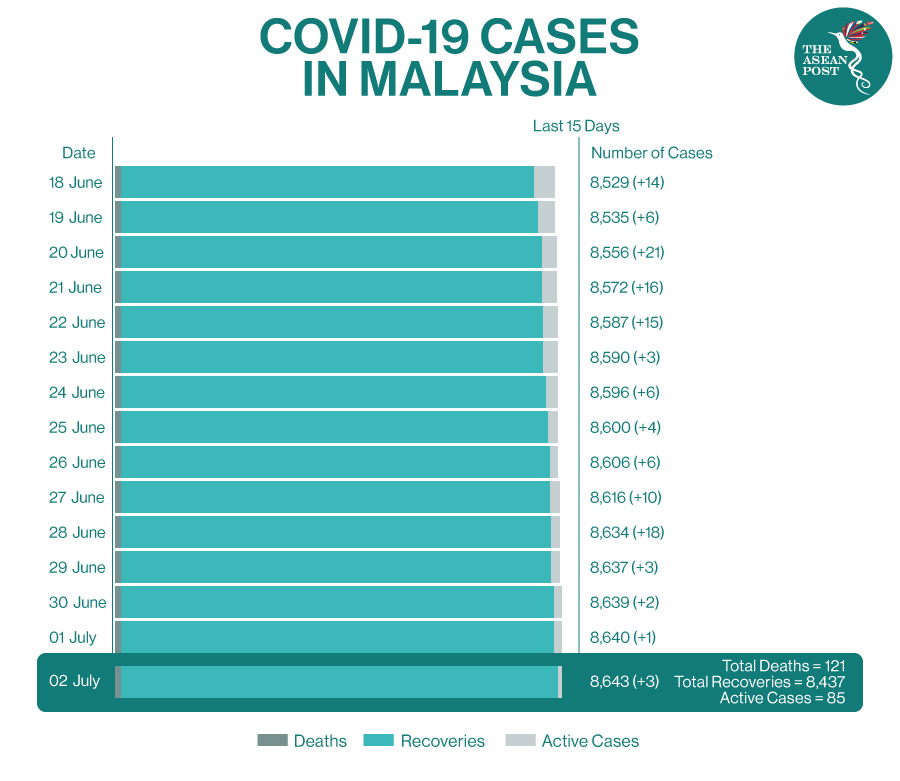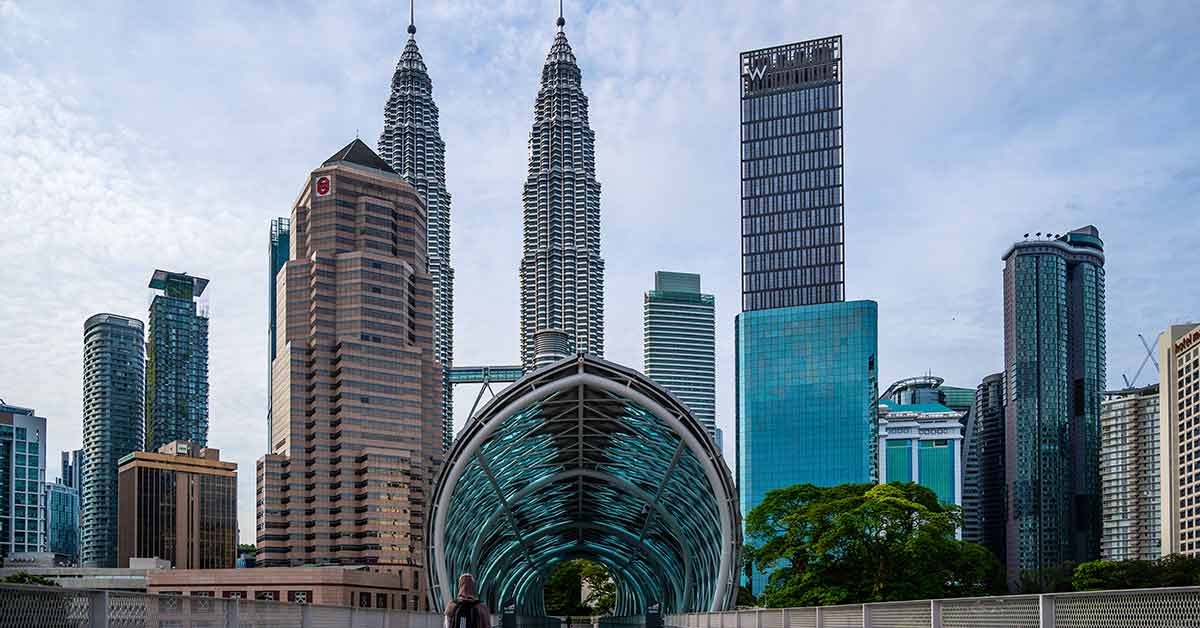It is no secret that the COVID-19 pandemic has severely affected livelihoods, local industries and the economy in general. As we enter nearly the seventh month of the outbreak – many have lost their jobs across Southeast Asia. According to the Asian Development Bank (ADB), the pandemic will threaten the employment of 68 million workers across Asia if the outbreak goes on until September.
Governments around the world have imposed citywide lockdowns and restrictions in order to contain the deadly virus. Although deemed necessary, some of these preventive measures have severely dampened economies and shuttered businesses.
Malaysia is said to be one of the most open economies in the world with a trade to gross domestic product (GDP) ratio averaging over 130 percent since 2010, as stated by the World Bank. Openness to trade and investment has been crucial in employment creation and income growth, with an estimated 40 percent of jobs in the country linked to export activities. Nevertheless, like every other ASEAN member state – the coronavirus crisis has had major economic impact on Malaysia, particularly on its vulnerable households. Known locally as the ‘bottom 40 (B40)’ – the government of Malaysia has shifted its focus towards the well-being of the poorest 40 percent of the population amid the pandemic – who remain particularly vulnerable to economic shocks.
A survey conducted by Malaysia’s Statistics Department found that in the first phase of the country’s partial lockdown or Movement Control Order (MCO) during the second half of March, local media reported that the rate of job displacement was especially high in the agriculture and services sectors, and among the self-employed. These are the sectors and types of work that employ the majority of lower-income workers.
Since then, the country has had three other phases of the MCO, making it a total of four phases of the partial lockdown. As Malaysia gradually reported a drop in daily cases, the country started easing its virus restrictions, calling it a Conditional Movement Control Order (CMCO) which began on 4 May – with the main goal of reopening the national economy in a controlled manner.
As of 2 July, the country of 31 million people has reported over 8,000 COVID-19 cases, and about 97 percent of infected patients have since recovered from the disease. This leaves only 85 people still under treatment for the virus.

In recent days, Malaysia has reported single-digit coronavirus cases and has now entered a Recovery Movement Control Order (RMCO) which is scheduled to end on 31 August with even more lenient restrictions. Local media in the country have stated that the RMCO will be implemented based on a few strategies which include public health, border controls and the reopening of all sectors of the economy.
"The implementation of these strategies require the cooperation from all including machineries at the federal and state levels as well as the private sector, non-governmental organisations and community leaders," said Malaysia’s premier Muhyiddin Yassin.
"You want to get out to work, carry out business and recreational activities; visit other places together with your family and perform other activities in your daily routine,” he continued. "Hence, it is time for the government to ease the restrictions with the condition that the public must be responsible and serious about embracing the new normal as well as adhering to the SOPs set by the government."
Stimulus Packages
Despite Malaysia’s remarkable efforts to control the virus – from having had the highest number of COVID-19 infections in ASEAN to less than 100 active cases today, livelihoods and businesses have been negatively affected. Media reports have stated that Malaysia’s unemployment rate spiked to five percent in April 2020, an increase from 3.4 percent in April last year – the highest since 1990.
Stimulus packages have been rolled out to mitigate the impact of the virus.
Malaysia recently issued its latest and fourth economic stimulus package last June, named the Pelan Jana Semula Ekonomi Negara (PENJANA), which is primarily aimed at helping businesses recover from the impact of the pandemic. It is valued at RM35 billion (US$8.1 billion), bringing the total value of the country’s stimulus packages to over RM290 billion (US$67 billion).
The Malaysian government announced its first emergency stimulus package worth US$4.8 billion last February to counter the impact of the outbreak. Some US$453 million went towards the tourism industry, one of the hardest to be hit by the pandemic.
The second package, valued at RM250 billion (US$57 billion), was used to enhance existing financing facilities issued under the first stimulus package. It was also aimed at aiding businesses, especially small and medium-sized enterprises (SMEs), to assist low and middle-income households, and to provide fiscal injections to strengthen the national economy.
The third package which was announced in April, was valued at RM10 billion (US$2.3 billion). The package was used to cover wage subsidies, provide financial support for businesses, and interest rate cuts, among others.
Muhyiddin Yassin said in a televised address last June (before the fourth package was issued) that the first three economic stimulus packages introduced have helped 11 million people with cash flow problems as well as saved more than two million jobs in Malaysia.
"The economic stimulus packages have also helped to support some 300,000 companies," he added.
Related articles:
